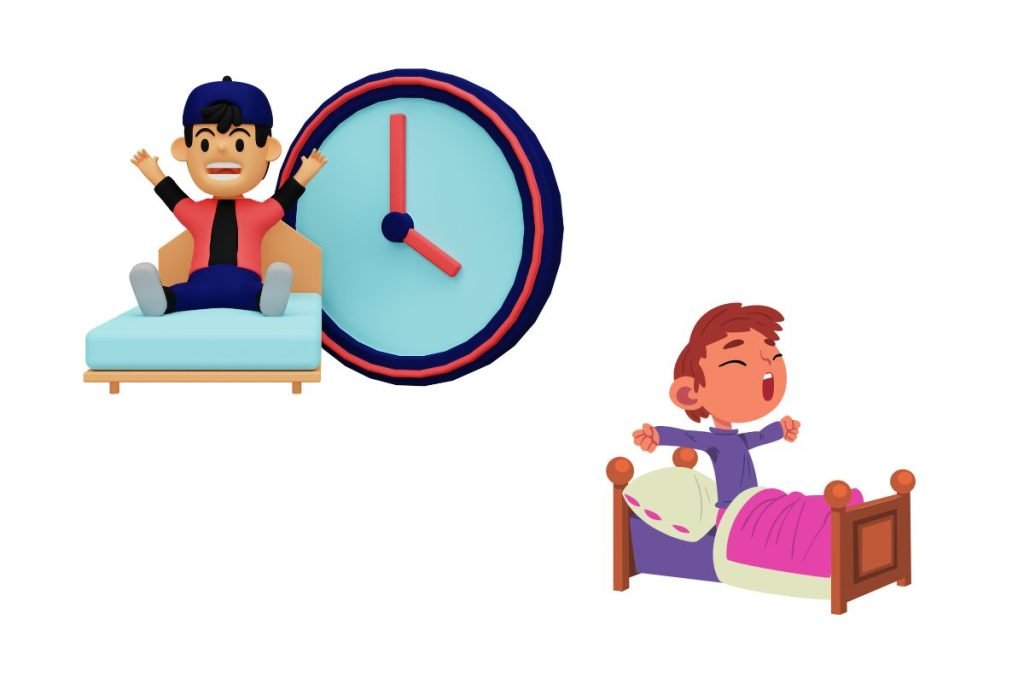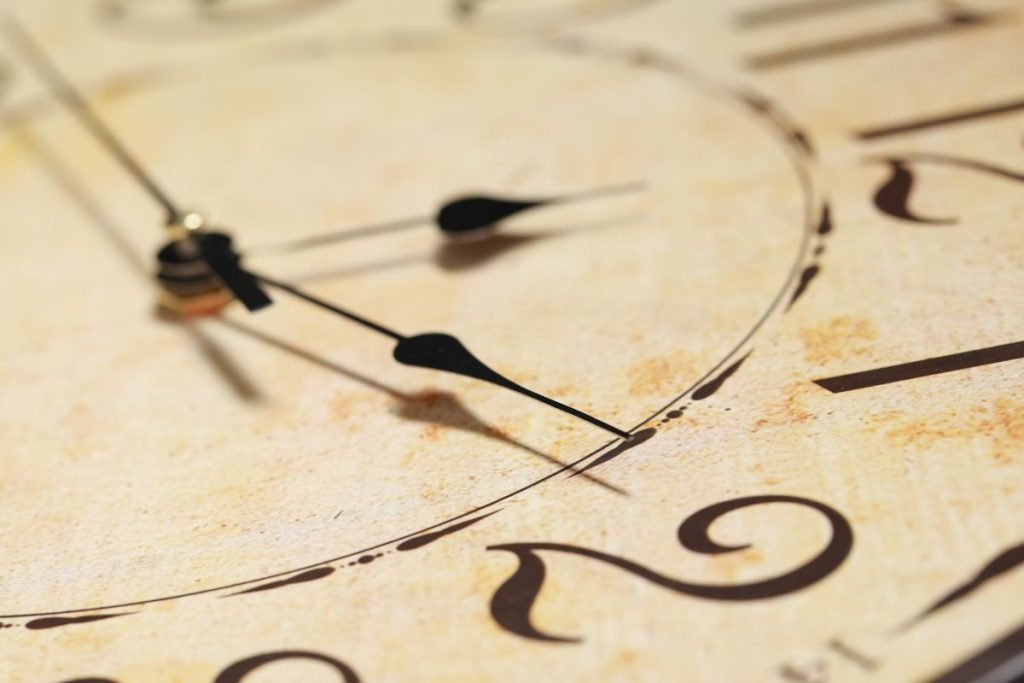How to Create a Wake Window Baby Schedule for Your Baby At Ease IN 2025

Have you ever wondered how to create a wake window Baby schedule for your baby? Well, you’re in luck! Creating a wake window schedule can help establish a consistent routine and promote better sleep for your little one.
By determining the right wake window length and structuring a daily schedule, you can ensure your baby gets the rest they need.
This guide will provide tips on implementing and adjusting the schedule as needed. So, get ready to say goodbye to sleepless nights and hello to a well-rested baby.
Let’s dive in and create a wake window schedule that works for you and your little bundle of joy!
Understanding Wake Window Baby Schedule
- The wake window is when a baby can stay awake before getting overtired and struggling to sleep.
- Knowing the right wake window for your baby’s age can help with naps and bedtime.
- Wake windows affect a baby’s mood, development, and bedtime routine.

To understand your baby’s wake windows, it’s important to recognize your baby’s unique patterns and needs. Wake windows indicate how long your baby can stay awake before a nap.
Every baby has different wake windows; paying attention to your baby’s cues is crucial to determining their ideal window. Some babies may be able to stay awake for longer periods, while others may become overtired more quickly.
Mastering the art of managing wake windows and strategically night weaning will transform your baby’s sleep routine, ensuring peaceful nights and rejuvenating rest for the entire family.
Determining the Right Wake Window Length
- Observe the baby’s natural cues.
- Individual sleep variations exist.
- Time baby’s wake periods.

Determine the optimal length of your baby’s wake window by observing their natural cues and patterns.
Every baby is different, and their sleep needs can vary throughout the day. Start by noticing when your baby shows sleepiness, such as rubbing their eyes, yawning, or becoming fussy. This indicates that they’re ready for a nap.
Time how long your baby is awake before they start displaying these signs. This is their wake window length. Please pay attention to their age, as it can impact the duration of their wake window. Newborns generally have shorter wake windows, while older babies can stay awake longer.
Structuring a Daily Wake Window Schedule
- Create a baby’s wake schedule.
- Establish a routine with wake-up and bedtime.
- Divide the day into age-appropriate wake windows.
- Plan regular naps and bedtimes.
- Adjust the schedule based on cues.

Create your baby’s daily wake window schedule based on their sleep needs and natural patterns.
Structuring a daily wake window schedule is important for establishing a routine and promoting healthy sleep habits. Start by identifying your baby’s optimal wake-up time and bedtime.
From there, divide the day into appropriate wake windows based on their age and sleep requirements. For younger babies, shorter wake windows of about 1-1.5 hours are recommended, gradually increasing as they grow older.
Plan for regular nap times and bedtimes, ensuring your baby has enough time for restorative sleep. Be mindful of your baby’s cues and adjust the schedule accordingly, as they may need more or less sleep depending on their needs.
Tips for Implementing the Wake Window Schedule
- Wake baby at the same time.
- Gradually extend wake periods.
- Create a soothing sleep environment.
- Be patient and flexible.

Follow these simple steps to implement your baby’s wake window schedule effectively.
First, establish a consistent routine by waking your baby up simultaneously every day. This will help regulate their internal clock and create a predictable schedule.
Next, gradually increase the duration of your baby’s wake periods over time. Start with shorter wake windows and slowly extend them as your baby ages. Be mindful of your baby’s sleepy cues and adjust the schedule accordingly, following the guidance from the Wake Window Age Guide.
Additionally, create a soothing sleep environment by dimming the lights, playing calming music, and establishing a bedtime routine.
Finally, be patient and flexible. It may take time for your baby to adjust to the new schedule, so be prepared for some trial and error.
Remember the importance of maintaining your baby’s wake window schedule while traveling. With these Wake Window Travel Tips, you’ll be equipped to ensure your little one gets the rest he or she needs, no matter where your adventures take you.
Adjusting and Fine-Tuning the Wake Window Schedule
- Make gradual adjustments.
- Be flexible and fine-tune.
- Observe the baby’s cues adjust.

Make gradual adjustments based on their needs and cues to optimize your baby’s wake window schedule. While following a wake window schedule is important for your baby’s sleep routine, it’s essential to be flexible and fine-tune the schedule as needed.
By paying attention to your baby’s behavior and cues, such as rubbing their eyes, yawning, or becoming fussy, you can gauge whether they may be ready for a nap earlier or if their wake window needs adjustment. Consistently track their sleep patterns and modify the schedule with effective wake window troubleshooting tips to ensure they get the rest they need.
If you have twins, tailor their wake window schedule precisely using the guidance of Wake Window Twins Management.
Summary
Creating a wake window schedule for your baby is crucial for their sleep and overall development. By understanding wake windows and determining the right length for your baby, you can structure a daily schedule that promotes healthy sleep patterns.
Implementing the schedule may take some time and adjustments, but you can help your baby establish a routine that works best for them with patience and consistency. Remember always to observe your baby’s cues and make any necessary fine-tuning to
Frequently Asked Questions
What Are the Potential Consequences of Not Following a Wake Window Schedule for My Baby?
Not following a wake window schedule for your baby can lead to issues like overstimulation, difficulty falling asleep, shorter naps, and increased crankiness.
It’s important to establish a routine for their sleep.
Can I Use a Wake Window Schedule for Naps as Well as Bedtime?
Yes, you can use a wake window schedule for naps and bedtime.
It helps regulate your baby’s sleep patterns and ensures they get the right rest at the appropriate times.
How Do I Know if My Baby’s Wake Window Length Is Too Short or Too Long?
If your baby’s wake window is too short, they may show signs of tiredness, like rubbing their eyes or getting fussy.
They may have difficulty falling asleep or become overtired if it’s too long.
Please pay attention to their cues and adjust accordingly.
Are There Any Exceptions to the Wake Window Schedule, Such as Special Occasions or Travel?
Yes, there can be exceptions to the wake window schedule for special occasions or travel.
It’s important to be flexible and adjust to ensure your baby’s comfort and well-being.
How Do I Handle Situations Where My Baby Refuses to Nap During Their Designated Wake Window?
If your baby refuses to nap during their designated wake window, try adjusting the schedule slightly or offering a soothing environment.
Remember that flexibility is key, and don’t stress too much if there are occasional disruptions.





